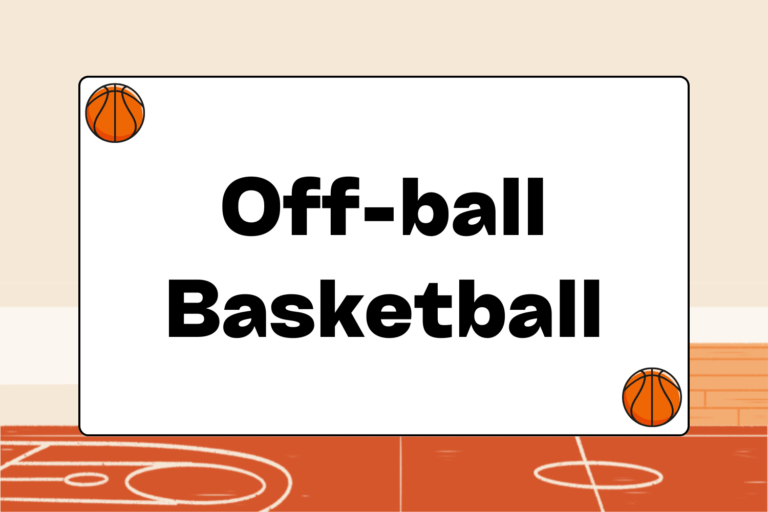In basketball, the easiest way to create timely scoring chances is to transition quickly from defense to offense. A team that can make this transition swiftly has a big advantage, regardless of the differences in player size or skill level. And once possession has been secured, the key to a quick attack is a timely and accurate outlet pass.
The Defensive Glass
Though the outlet pass is crucial to a quick transition to offense, that transition is only possible if your team has possession of the ball. So really, the first step is making a solid defensive rebound. Defensive rebounding is the magic formula that allows many overmatched and underskilled basketball teams to stay competitive. Despite what many people believe, the best defensive rebounders are not the tallest players or the highest leapers—they’re the players who want the ball the most, and have mastered rebounding technique.
The first step to dominating the defensive boards is establishing contact the player you’re defending once a shot goes up. This is easy when the player is close by, but harder when he’s not. Once contact has been made, the next step is to aggressively box that player out. This includes:
- Establish contact: Contact can be made with a forearm into the ribs or back. The best rebounders like contact.
- Spin toward the basket: Finding the ball is secondary to finding the opponent. The best rebounders think boxing out first, and scooping up the loose ball second.
- Create a seal: The opponent should be sealed off from the loose ball with strong basketball position and quick feet able to slide-step to maintain the seal.
Since rebounds can go anywhere, good rebounders are ready to pounce on the ball after boxing out the opposition. Be ready to seal off the opponent and fight for the loose ball.
Avoiding Turnovers
Offensive rebounders who fail to corral a rebound are taught to look for a quick turnover by harassing the opposing player with the ball. In some cases, two men will double-team a defensive rebounder who is looking up court for a quick pass.
In this type of situation, it’s vital to first make sure the ball is secure before attempting the outlet pass. The rebounder should have two firm hands on the ball and hold it chin high, with both elbows out. If necessary, a rebounder can pop away from a double team with a quick dribble or two in order to create a clear path for an outlet pass.
Maintaining possession while looking for an outlet is a skill most big men have to work on. It’s important to utilize drills and practice routines that emphasize this succession:
- Find the man
- Create and maintain a seal
- Grab the rebound
- Secure the ball
Mental Edge
A few quick transition buckets early get the other team on their heels. The thought that they have to quickly get back on defense – which their coach will likely remind them – makes them less effective rebounders, and can help clean up the glass.
Look for the Point
Once the rebound is complete, the next step is to actually make the outlet pass. It has to be quick in order to take advantage of a transitioning defense and keep the opposition from looking to create a quick turnover. The rebounder has to find the point guard, who should help the rebounder by peeling off toward the sideline, away from the retreating defense.
The point guard should have his hands up to catch a pass and be calling “outlet” to the rebounder, to make it clear where he is on the court. The point guard’s job is to catch the pass and then look up court for a transition opportunity.
Outlet Pass Drill
Practicing the defensive rebound-to-outlet pass routine makes it habitual. While many drills emphasize turning rebounds into transition baskets, this simple outlet pass drill will get every player on the floor thinking about turning rebounds into transition attacks:
- Begin with four rebounders situated under a basket, and a point guard stationed along each sideline.
- A coach or assistant will take (and purposefully miss) a shot, and the four rebounders fight for the loose ball.
- The player who rebounds the ball should look to fire a quick outlet to the point guard.
The close opposition will force the rebounder to make a smart dribble or quick pivot to create a passing lane to the point guard. The other three players swarm the rebounder without fouling. This drill can get physical, so coaches should call fouls to ensure a game-like simulation.
Practice
Quick outlet passes can lead to quick scoring chances that reward hustle and catch the opposition off-guard. Once quick, clean outlet passes become second-nature, they can be an integral part of a team’s offense, creating opportunities to both catch the other team off guard as well as wear them down physically. But it all starts with a strong defensive rebound and a solid outlet pass.





